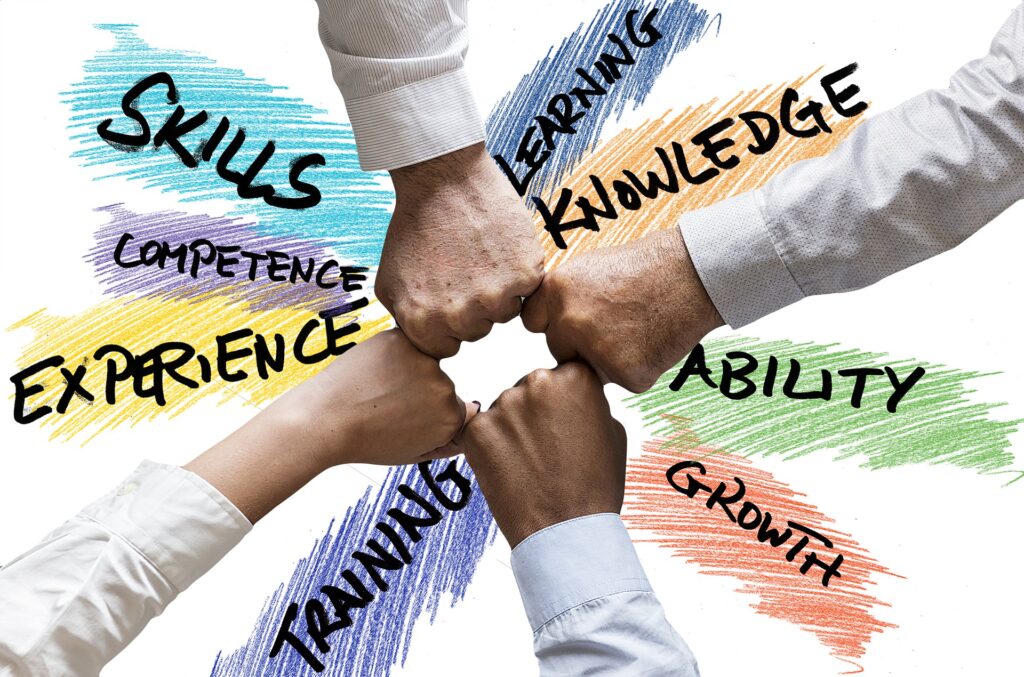This DAP highlights How the FB-ISAO is Taking Action to Build Resilience Amid Escalating Tensions in the Middle East, Al-Qaeda in Arabian Peninsula Media, Al-Malahem Foundation, Encouraged Lone Wolf Attacks Against the United States and the West, and Hostile Nation States Employing Non-State Actors. The DAP also has More Faith-Based Stories and Select All-Hazard Stories. These updates are shared to help raise the situational awareness of Faith-Based organizations to best defend against and mitigate the impacts from all-hazards threats including physical security, cybersecurity, and natural disasters.

Harnessing the Power of Collaboration to Ensure School Safety
By Ara Bagdasarian, Founder and Board President, ZeroNow
In light of recent events, the safety of our children within the walls of educational institutions has become a growing concern. While parents, teachers, and administrators share the common goal of creating a secure learning environment, the responsibility to achieve this goes beyond any single entity. The power of collaboration emerges as a key solution to tackle school safety challenges comprehensively and effectively. By combining efforts, insights, and resources, we can build a safer environment that nurtures the potential of every student while easing the anxieties of their caregivers.
Sharing Perspectives and Knowledge

One of the primary benefits of collaboration is the diverse array of perspectives and knowledge that it brings together. Safety professionals, educators, local law enforcement, and community members all have unique insights into different aspects of school safety. Collaborating enables them to share their experiences and expertise, thus leading to a more comprehensive understanding of the issues at hand. By pooling this collective wisdom, solutions can be tailored to address specific concerns, making the safety measures more effective and relevant.
Holistic Safety Approaches
Effective school safety involves more than just installing security cameras or implementing safety protocols. It demands a holistic approach that takes into account various factors such as mental health support, advanced technology, emergency response plans, and nurturing positive school climates. Collaborative efforts can facilitate a more integrated approach, where experts from various fields come together to design comprehensive strategies that address the root causes of safety issues.
Fostering Stronger Relationships
Safety is a community effort. Collaboration fosters stronger relationships between schools and their surrounding communities. When parents, law enforcement, and other stakeholders work together, trust and understanding grow. This positive relationship can lead to improved communication, a more active exchange of information, and a shared commitment to the well-being of students. As a result, potential safety threats can be identified and addressed early on, mitigating their impact on the school community.
Resource Optimization
School safety initiatives can often face resource constraints, making it challenging to implement the most effective measures. Collaboration allows for the pooling of resources, making it possible to leverage shared expertise and assets to achieve common safety objectives. Community partnerships, grants, and joint fundraising efforts can help overcome financial barriers, ensuring that schools have access to the resources they need to enhance safety protocols.
Empowering Students

Collaboration empowers students to play an active role in their own safety. By involving them in safety discussions and decision-making processes, they develop a sense of ownership and responsibility for their well-being. Additionally, student-led initiatives, such as anti-bullying campaigns and peer support programs, can further promote a positive and secure school environment.
In conclusion, In today’s complex and ever-changing world, ensuring school safety requires a multifaceted approach that transcends individual efforts. Collaboration among safety professionals, educators, law enforcement, and the wider community harnesses the power of collective knowledge, resources, and relationships. Through collaboration, we can build safer and more nurturing environments that allow our students to thrive academically and emotionally while reassuring parents that their children are in capable hands. Together, we can create a future where schools become safe sanctuaries that are shielded from the shadows of fear and uncertainty.


